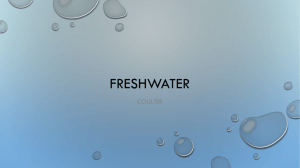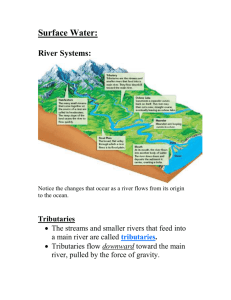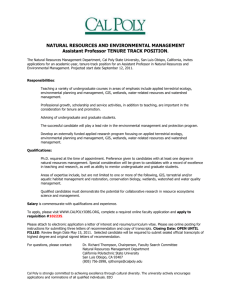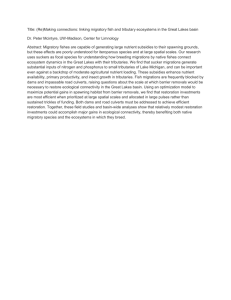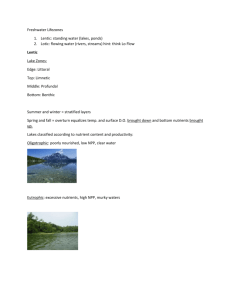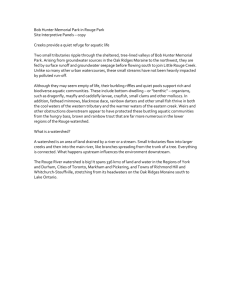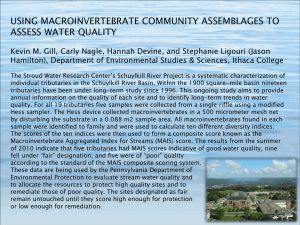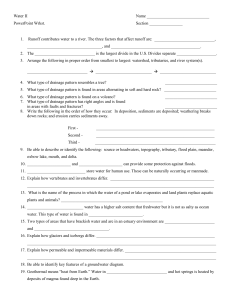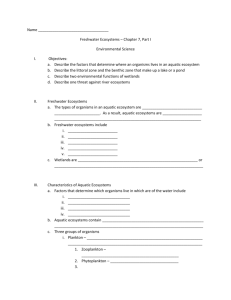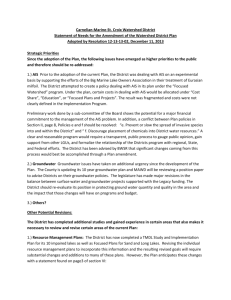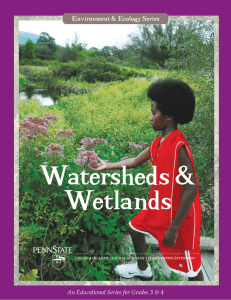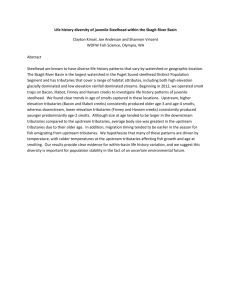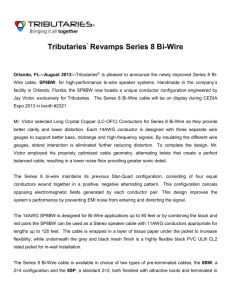File - Mrs Motley.com
advertisement
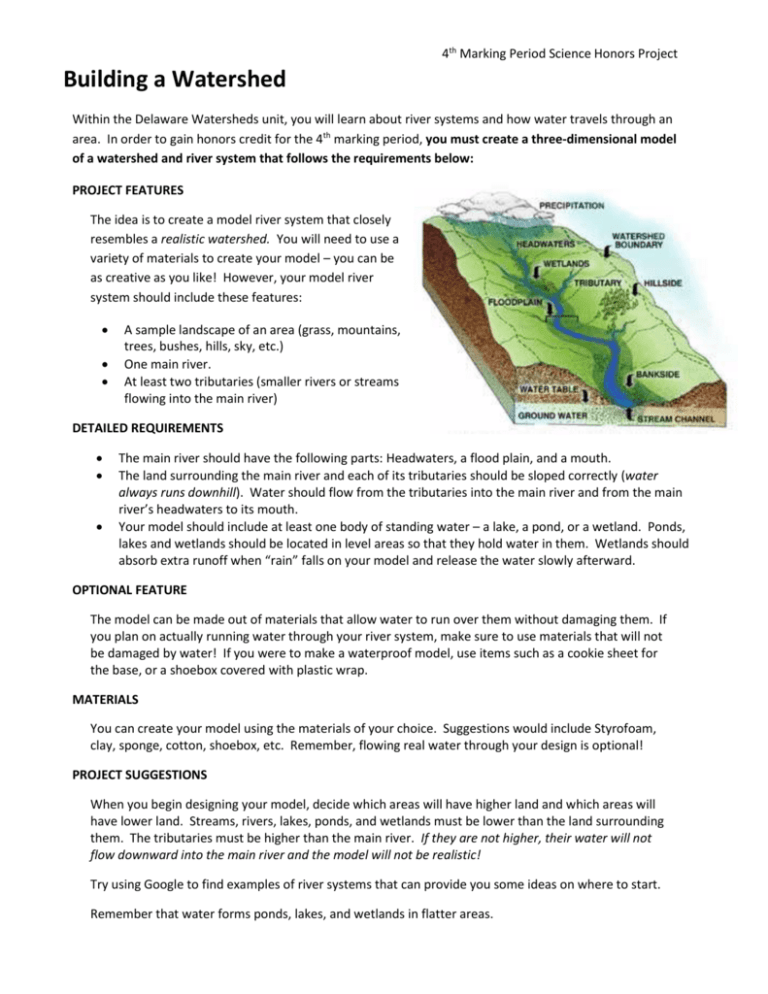
4th Marking Period Science Honors Project Building a Watershed Within the Delaware Watersheds unit, you will learn about river systems and how water travels through an area. In order to gain honors credit for the 4th marking period, you must create a three-dimensional model of a watershed and river system that follows the requirements below: PROJECT FEATURES The idea is to create a model river system that closely resembles a realistic watershed. You will need to use a variety of materials to create your model – you can be as creative as you like! However, your model river system should include these features: A sample landscape of an area (grass, mountains, trees, bushes, hills, sky, etc.) One main river. At least two tributaries (smaller rivers or streams flowing into the main river) DETAILED REQUIREMENTS The main river should have the following parts: Headwaters, a flood plain, and a mouth. The land surrounding the main river and each of its tributaries should be sloped correctly (water always runs downhill). Water should flow from the tributaries into the main river and from the main river’s headwaters to its mouth. Your model should include at least one body of standing water – a lake, a pond, or a wetland. Ponds, lakes and wetlands should be located in level areas so that they hold water in them. Wetlands should absorb extra runoff when “rain” falls on your model and release the water slowly afterward. OPTIONAL FEATURE The model can be made out of materials that allow water to run over them without damaging them. If you plan on actually running water through your river system, make sure to use materials that will not be damaged by water! If you were to make a waterproof model, use items such as a cookie sheet for the base, or a shoebox covered with plastic wrap. MATERIALS You can create your model using the materials of your choice. Suggestions would include Styrofoam, clay, sponge, cotton, shoebox, etc. Remember, flowing real water through your design is optional! PROJECT SUGGESTIONS When you begin designing your model, decide which areas will have higher land and which areas will have lower land. Streams, rivers, lakes, ponds, and wetlands must be lower than the land surrounding them. The tributaries must be higher than the main river. If they are not higher, their water will not flow downward into the main river and the model will not be realistic! Try using Google to find examples of river systems that can provide you some ideas on where to start. Remember that water forms ponds, lakes, and wetlands in flatter areas.

